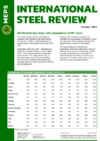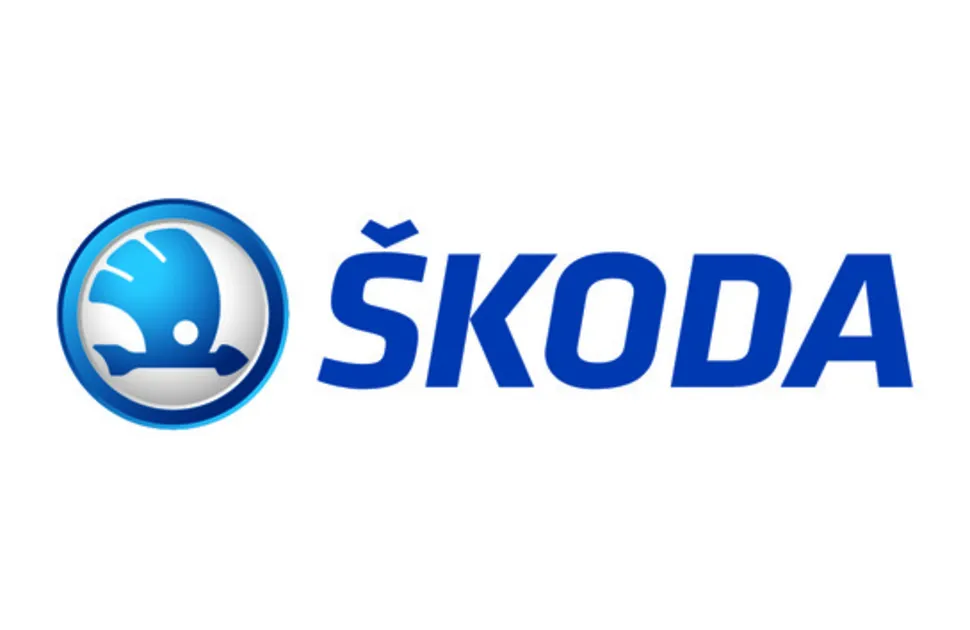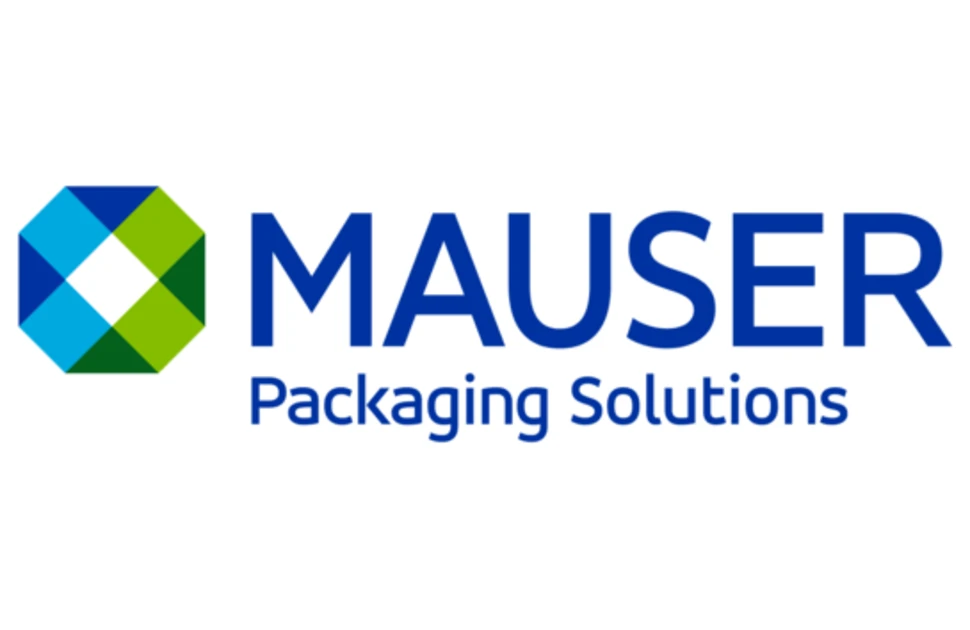Steel sector fears persist after US tariffs’ pause
Uncertainty will continue to undermine global steel demand despite US President Donald Trump’s 90-day pause on the United States’ higher rate “reciprocal” import tariffs.
The Trump administration has delayed the implementation of previously announced “reciprocal” tariffs above 10% for all countries, except China, in an announcement on April 9. The change means that country-specific rates of up to 50% will not immediately be applied to imports. However, all 60 US trade partners considered as part of the tariff plan will now remain subject to the 10% rate.
China is the only country to receive a higher tariff rate from April 9. Chinese-origin goods now face a stringent 125% tariff rate. Tariffs on China were raised further after the country’s government responded to the President’s proposed measures by raising its rate on US goods to 84%.
Although 25% Section 232 tariffs on US steel imports remain, along with the 25% rate on automotive products, a reduced tariff rate for many countries’ exports will provide some relief to steelmakers in Europe and Asia. The increased cost of exporting cars and vehicle parts to the US still threatens to reduce demand in those regions. However, other steel-consuming sectors will hope that the 90-day pause on further tariffs is made permanent.
MEPS steel market analyst Jon Carruthers-Green believes that whatever decision is made, market uncertainty will continue to dampen steel demand both inside and outside the US.
“The unpredictable manner in which tariffs are seemingly being imposed and lifted at will introduces significant uncertainty for the industries that rely heavily on these materials”, he said.
“A lack of regulatory clarity makes it challenging for them to plan ahead and is likely to dampen steel demand in the short to medium term."
US steelmakers benefit from tariffs' protection
Nonetheless, Carruthers-Green noted that US steelmakers have benefitted from Trump’s import tariffs.
"Amid a flurry of recent White House announcements, it has been confirmed that tariffs on iron and steel products will remain unchanged at a flat 25% rate”, he said.
“This provides US steelmakers with a degree of protection against imports.”
In recent months, commentary produced for MEPS’s International Steel Review and Stainless Steel Review has detailed US steel buyers’ responses to supply concerns resulting from President Trump’s escalation of trade defence measures.
MEPS recently provided insight into the positive effect of increased protectionism on the profit margins achieved by some of the largest steelmakers in the US. However, reduced access to low-cost steel, and the risk of reduced international trade resulting from retaliatory measures, have negatively affected steel importers and certain US manufacturers.
MEPS’s US steel price data shows that domestic carbon flat product values have increased by over 40% year-to-date.
Meanwhile, the MEPS steel price forecast shows that domestic values will remain strong across nearly all product categories in the first half of 2025. A decline is forecast for the second half of the year, but prices will settle above their January levels by year-end.

Source:
International Steel Review
The MEPS International Steel Review is an essential monthly publication, offering professional analysis and insight into carbon steel prices around the world.
Go to productRequest a free publication





